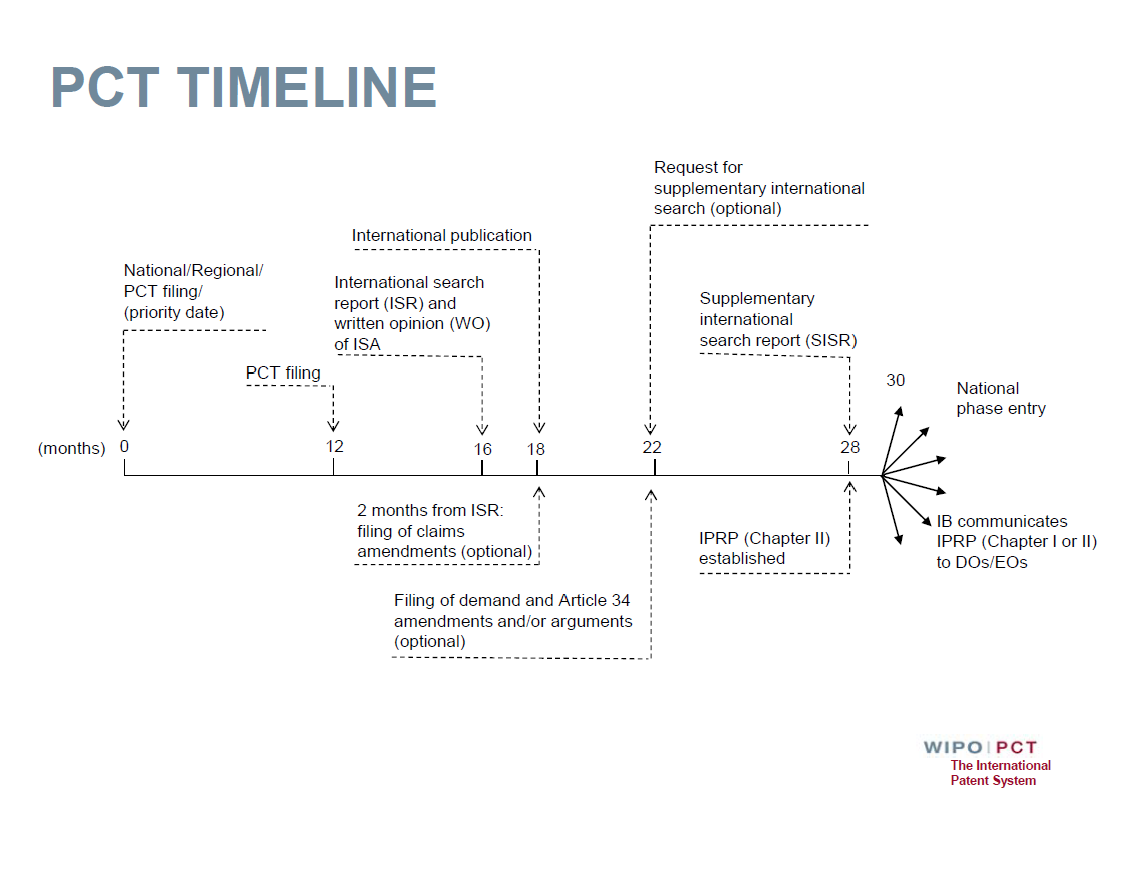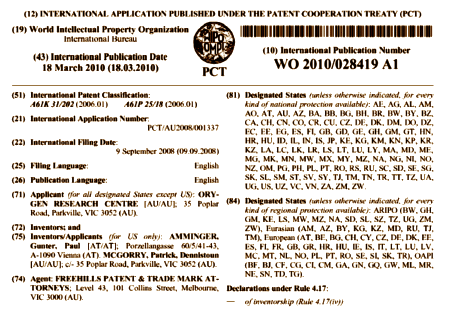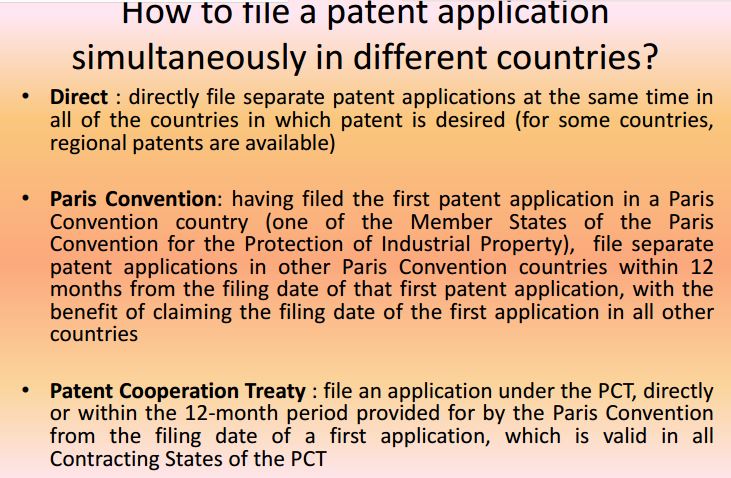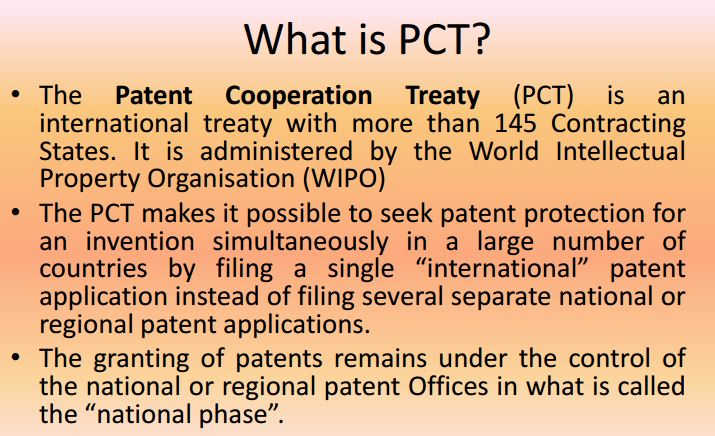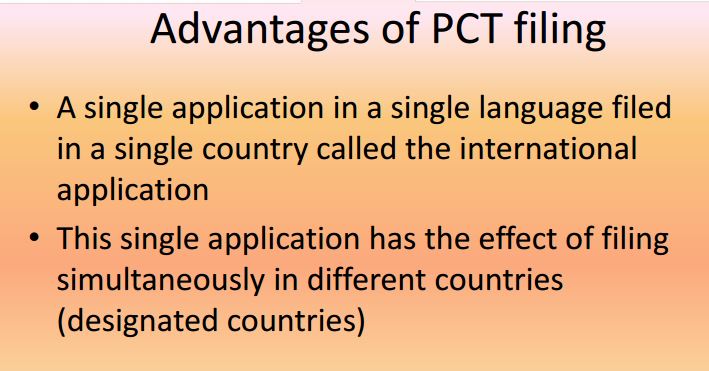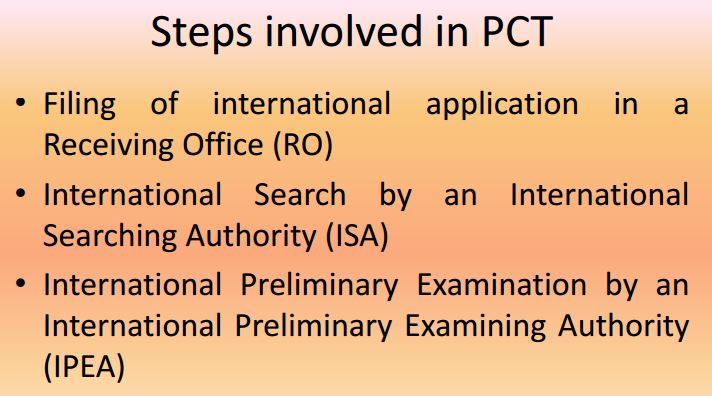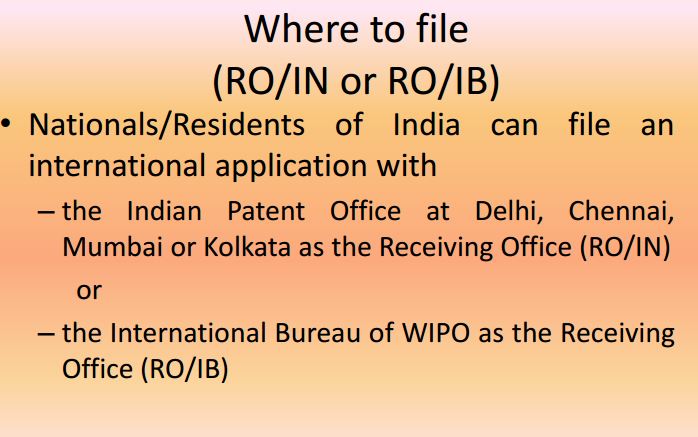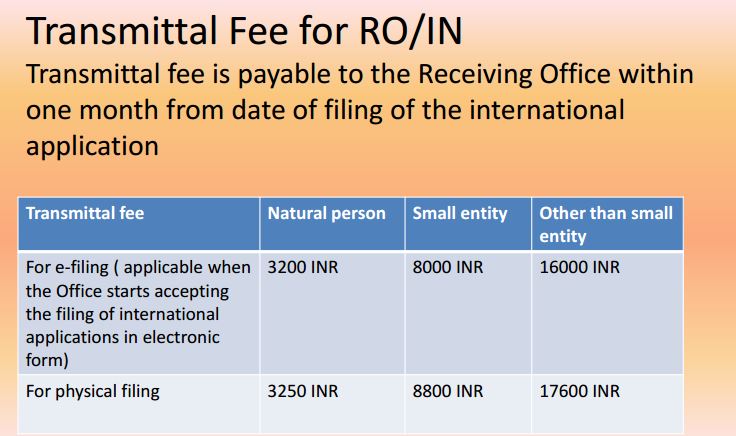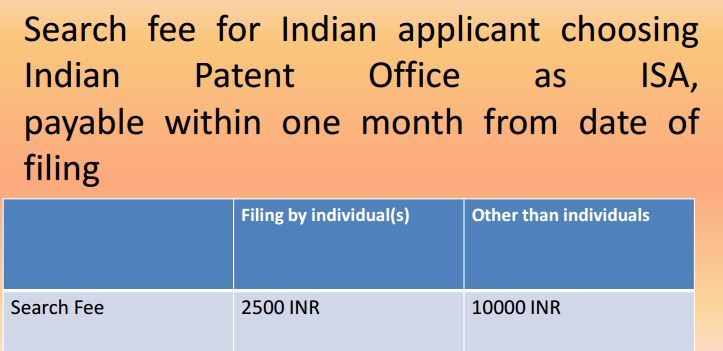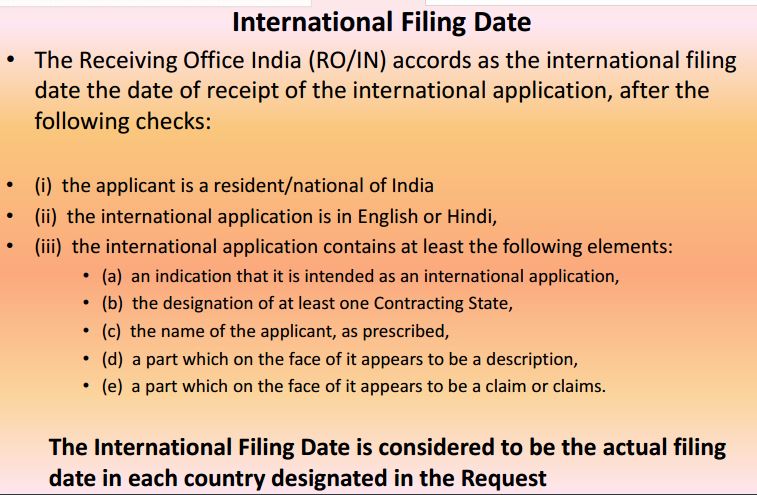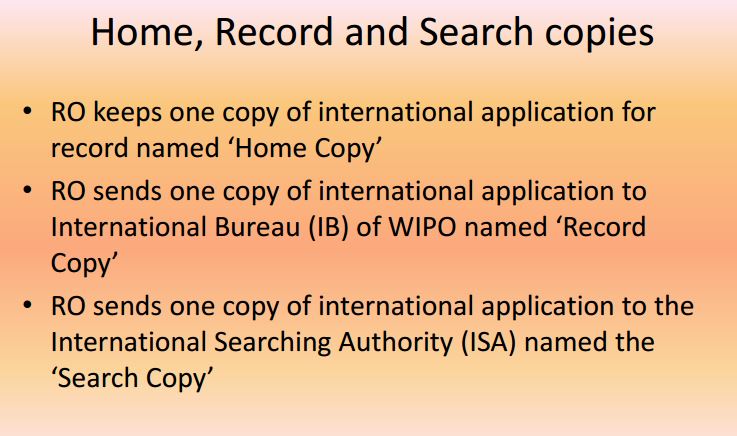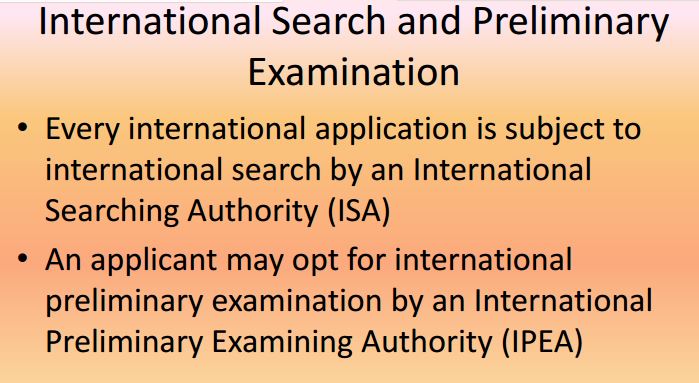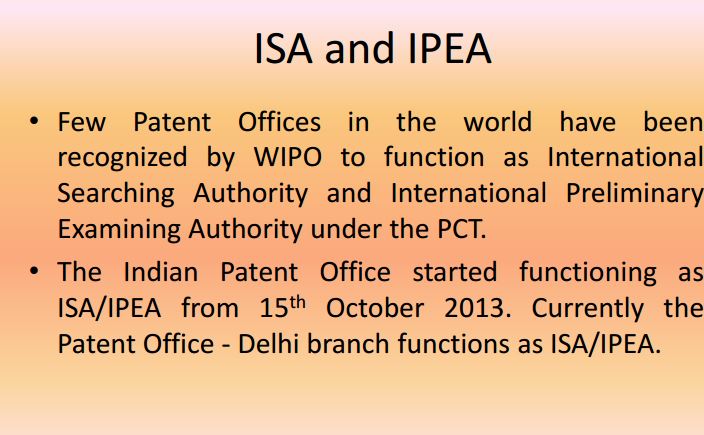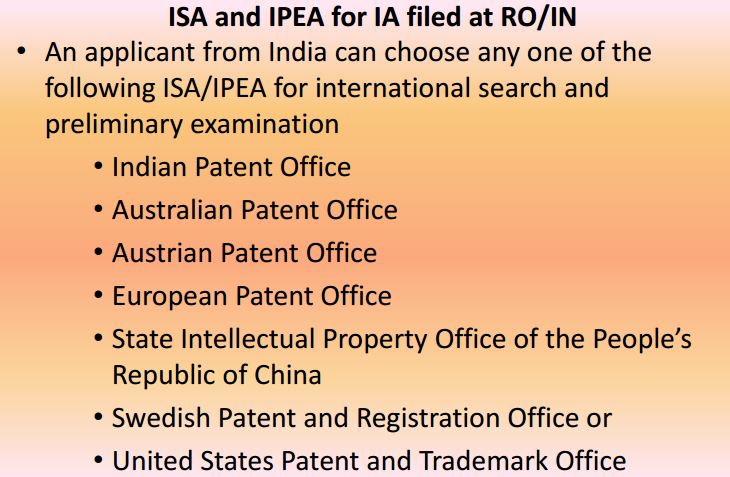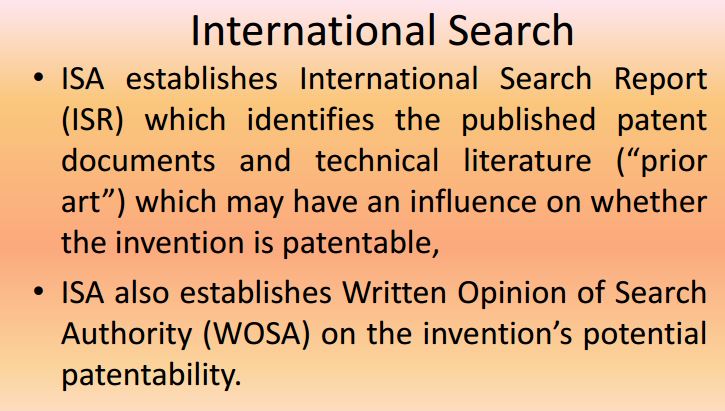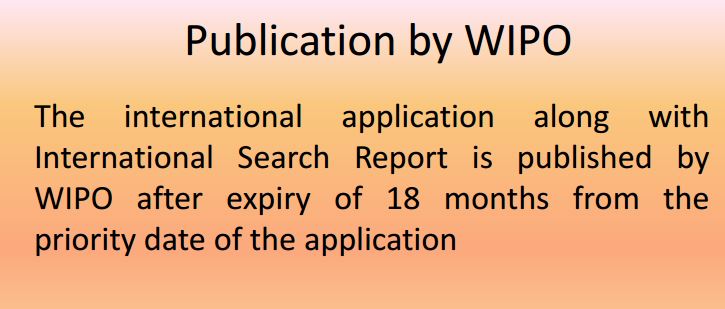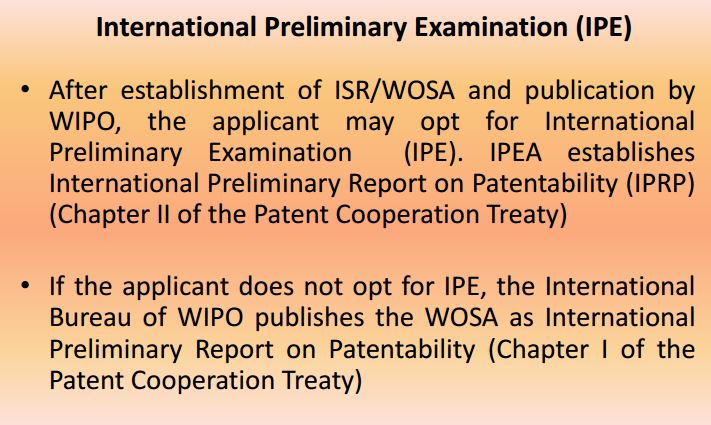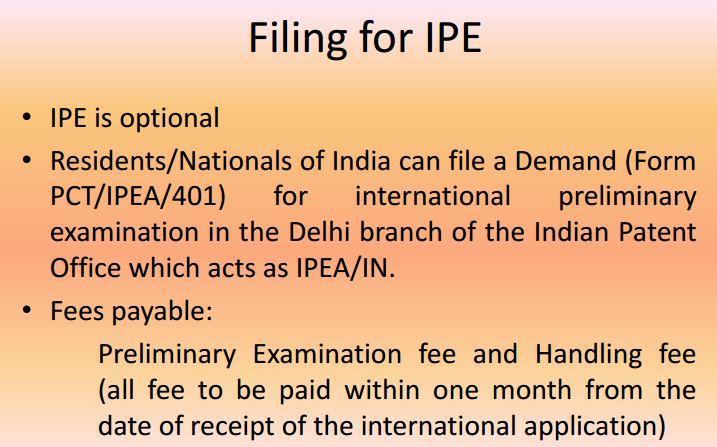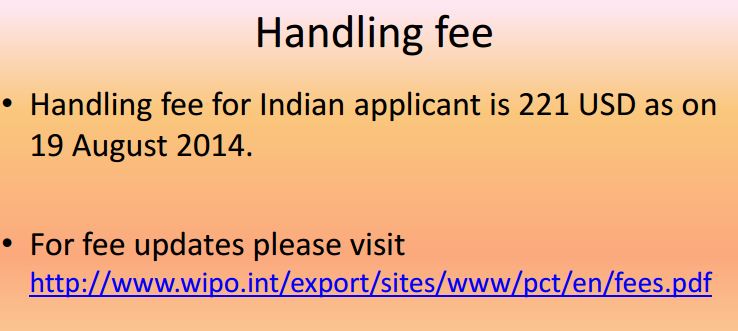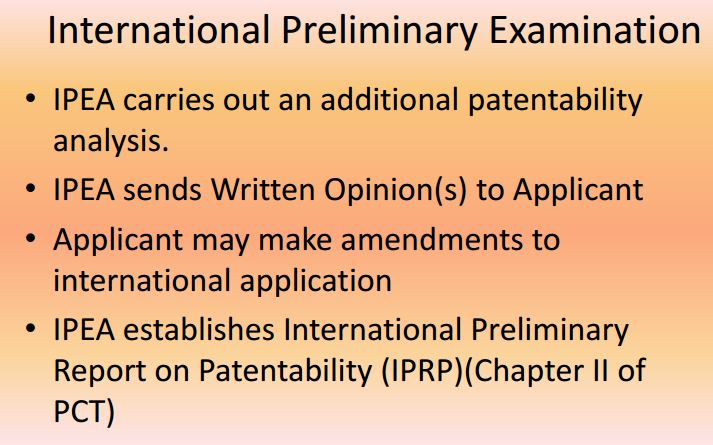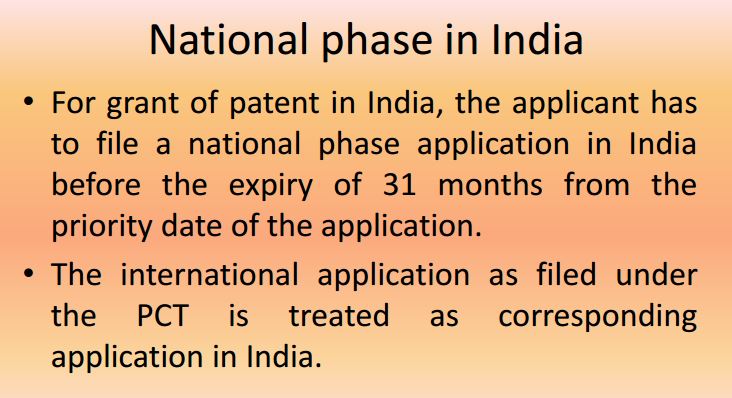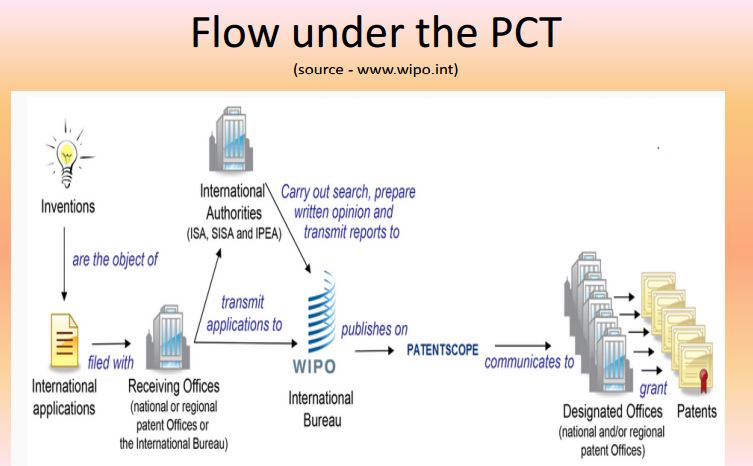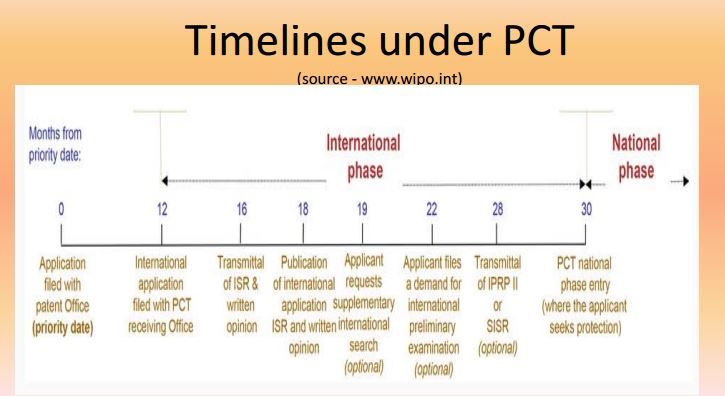Traditional route
The conventional route for EP patent validation is for the client to instruct their EP attorneys to execute the validation. The EP attorneys would then instruct a validations provider (like us) or perform the validations themselves using attorney partners in each country who they use based on a reciprocity model, which is usually not cost or quality selective. The EP attorneys would add significant fees for each country.
About our EP Patent Validation service : Why you should go with us.
Benefits of using our EP validation service :
By using a centralised validations provider like us, the client is cutting out one extra layer of cost, which is usually the most significant cost layer. All large patent filers in Europe use a centralised provider like our associate company because of benefits like the following:
Reduced Risk
We with our European team are specialists in European Patent Validation, which means there is a significantly reduced risk of misunderstanding, unexpected costs, or of course the unthinkable risk of accidental loss of a patent due to the complex and constantly changing regulations around Europe.
Reduced Cost
Validation is a significant part of the cost of a European Patent lifecycle, especially if many countries are required. Filing tens of thousands of validations per year, and translating millions of words into every language, means that ours buying power is enormous. We provide user-friendly and extremely efficient processes to our agents and suppliers which further reduce their costs, and all of this means we are able to pass on these savings to our customers.
We expect to able to reduce most client's validations costs by at least 50%

Sandeep Mishra
Director at De Science Infoware Pvt Ltd
Sandeep’s Profile
Website descienceinfoware (Company Website) Phone +91 8953745897 (Work) Email sandeepm@scienceinfoware.com,

Sandeep Mishra
Director at De Science Infoware Pvt Ltd












